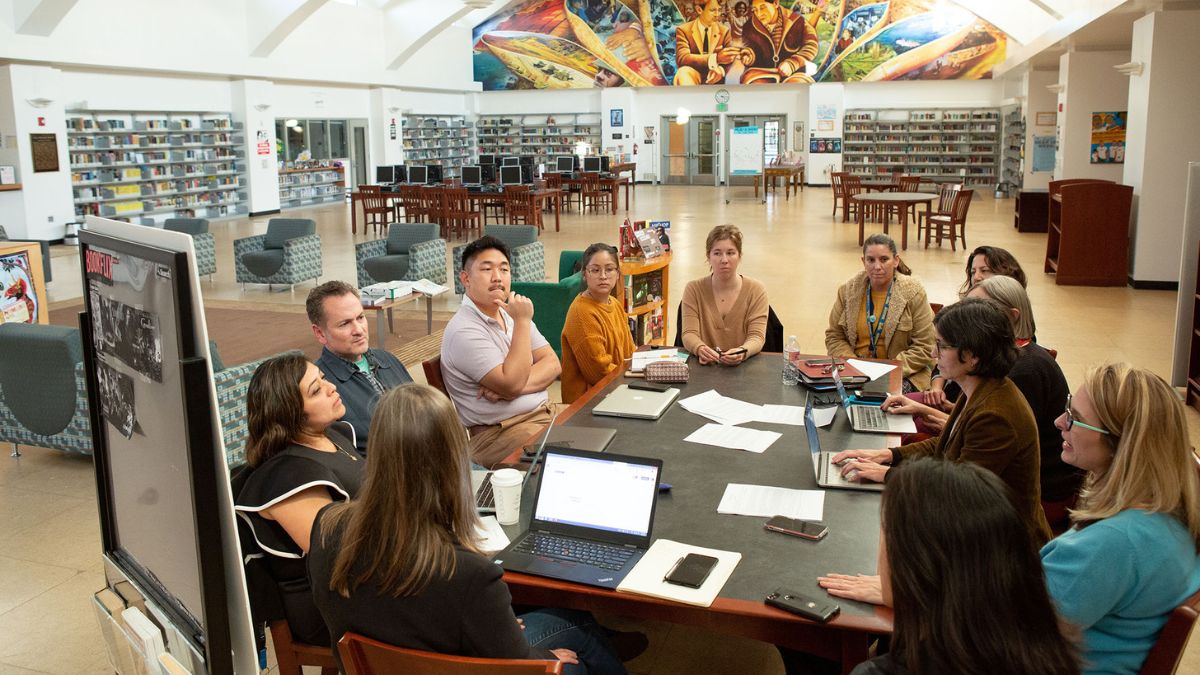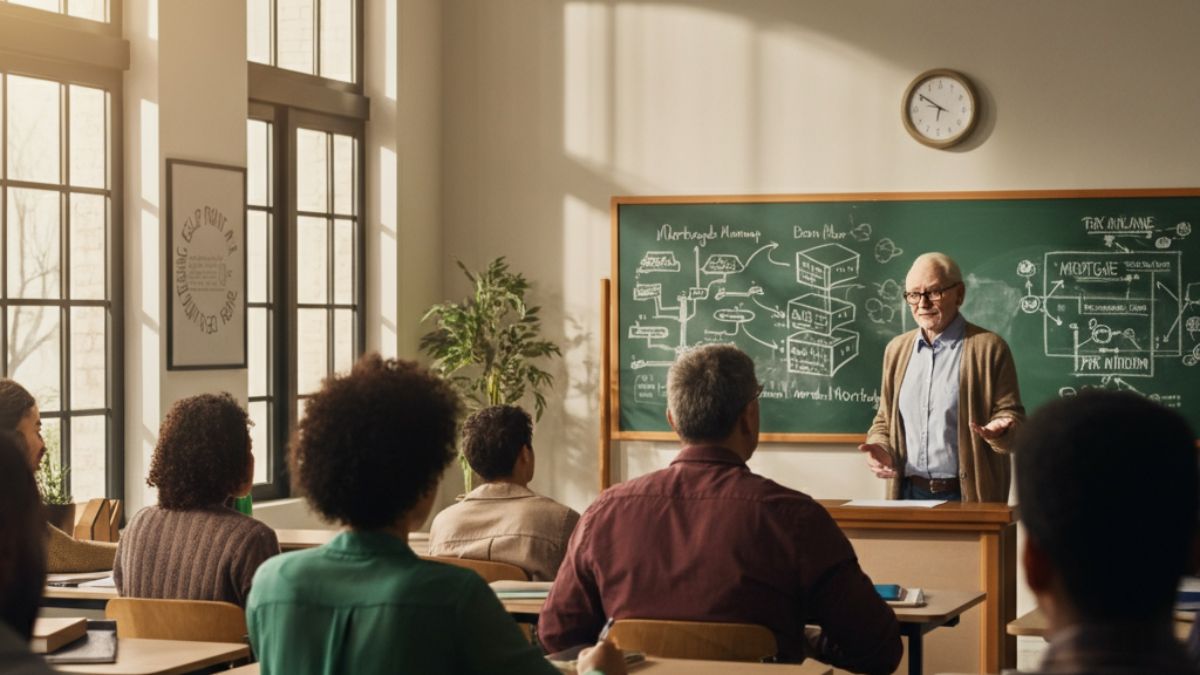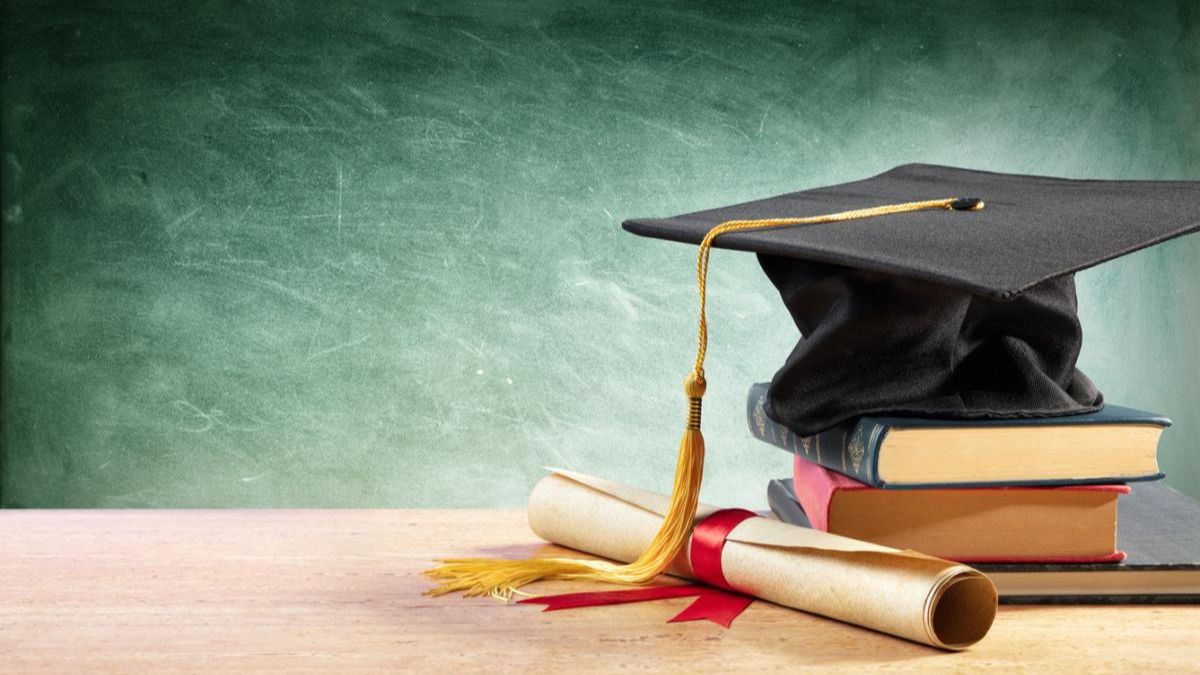Special education notes play a vital role in ensuring the proper support and guidance for students with disabilities. These notes are not just meeting minutes or records; they’re a tool to help educators, parents, and administrators track progress, set goals, and collaborate effectively.
If you’ve been tasked with writing, organising, or understanding special education notes, you’re in the right place. This blog will outline their importance, key components, and strategies for creating effective notes. By the end, you’ll feel confident in writing clear, respectful, and useful documentation.
Why Are Special Education Notes Important?
Special education notes ensure clear communication and accountability among educators, parents, and specialists. They provide critical documentation that might include progress reports, meeting summaries, Individual Education Plans (IEPs), and more. Here’s why they matter:
- Accountability and Transparency: Notes ensure all parties involved understand what actions are being taken to support the student.
- Tracking Progress: Regularly documented notes help track a student’s development and adapt plans as needed.
- Collaboration: These notes serve as a resource for effective collaboration across teachers, therapists, and parents.
- Legal and Compliance Requirements: For many schools, maintaining accurate records is a legal requirement to meet state and federal guidelines (such as IDEA in the US or the SEND Code of Practice in the UK).
Without proper notes, it’s easy for critical steps in a student’s education to be overlooked.
Key Components of Special Education Notes
Well-structured special education notes should be clear, concise, and easy to reference. Below are the key components you should include:
1. Student Information
Always start with the basic but vital details:
- Full name and date of birth
- School name and class/year group
- Any specific needs (e.g., autism spectrum condition, ADHD, dyslexia)
Including these details ensures that the notes are readily identifiable and easy to organise.
2. Meeting Details
If your notes derive from a meeting (like an IEP meeting), make sure these details are clear:
- Meeting date, location, and time
- Attendees (include roles, such as parent, SENCo, or speech therapist)
- Purpose of the meeting
3. Summary of Discussions
Document key points, including:
- What topics were discussed and any decisions made
- Observations or concerns raised
- Updates on progress in learning, behaviour, or therapy sessions
4. Action Steps
Clearly outline next steps, responsible parties, and deadlines. For example:
- “Teacher to implement guided reading sessions twice weekly; review in 4 weeks during the next meeting.”
- “Parent to share updated medical notes by [specific date].”
5. Progress Updates
Include measurable updates, such as:
- “Student has increased recognition of sight words from 20 to 35.”
- “Demonstrates improved social interaction during group activities.”
6. Appealing Readability
To ensure everyone can follow the notes:
- Use bullet points for easier readability.
- Avoid jargon where possible and provide clarifications for complex terms.
Tips for Writing Respectful and Clear Notes
Creating effective special education notes requires a mindful approach. These tips will ensure they’re both professional and supportive:
Be Respectful
Always use inclusive and respectful language. Avoid language that might unintentionally label or stigmatise a student.
For example:
- Say, “The student requires additional support with reading comprehension,” rather than, “The student is slow at understanding texts.”
- Use person-first language when applicable (e.g., “Student with autism” instead of “autistic student”).
Write Objectively
Stick to facts and observations. Avoid subjective comments or opinions, such as:
- Avoid saying, “The child misbehaves a lot lately.”
- Instead, write, “The student demonstrated difficulty following classroom rules during maths activities.”
Be Concise but Thorough
While you want to avoid overwhelming details, ensure the notes provide enough information to convey an accurate picture of progress, concerns, and next steps.
Stay Organised
Keep all special education notes centralised and accessible for future reference. Many schools adopt digital platforms to streamline record-keeping and retrieval.
Focus on Measurable Goals
For example:
- Instead of saying, “Improve reading skills,” write, “Increase reading fluency to 90 words per minute within 8 weeks.”
By focusing on measurable and time-bound objectives, you create more accountability and clarity for everyone involved.
Tools and Templates to Simplify the Process
Managing special education notes can be time-consuming without the right tools. Here are some resources that can help streamline the process:
- Digital Tools: Platforms like Google Workspace, IEP Writer, or Edplan can help document, track, and share notes securely.
- Templates: Use editable templates for consistency. Basic formats might include sections for:
-
- Date
- Key discussions
- Decisions
- Actions to take
Using tools or creating a structured template ensures nothing important gets overlooked.
Building a Supportive Community Around Special Education
Documenting notes might seem administrative, but it plays an essential role in creating a supportive learning environment. Effective communication fosters understanding among educators and parents, ensuring collective efforts to meet a student’s unique needs.
A great way to reinforce this is by involving all relevant parties early. Consider hosting informal workshops or introductory sessions for parents and teachers about note-taking. Transparent communication builds trust, strengthens collaboration, and prioritises the student’s well-being.
What’s Next?
If you’re involved in creating special education notes, take some time to review your current process:
- Are your notes clear, concise, and respectful?
- Do they promote collaboration among parents, teachers, and specialists?
- Are they aligned with legal or school-specific requirements?
With a little care and structure, special education notes can truly serve as a powerful tool for positive change, ensuring that students receive the best support tailored to their unique abilities.
Have questions or thoughts about improving special education note practices? We’d love to hear your thoughts in the comments or get in touch for personalised advice tailored to your specific context.
Frequently Asked Questions About Special Education Notes
Why Are Special Education Notes Important?
Special education notes are vital for maintaining consistent communication between educators, parents, and specialists. They ensure that everyone involved has a clear understanding of the student’s progress, challenges, and the steps being taken to address their specific needs. Additionally, these notes can serve as essential documentation for school reviews, legal compliance, or support plan revisions.
How Often Should Notes Be Updated?
The frequency of updating notes depends on the student’s individual needs and the school’s policies. Generally, notes should be updated after every significant meeting, observation, or assessment. Regular updates ensure that the information remains accurate and reflects the student’s current progress and any changes in their support plan.
Who Should Have Access to the Notes?
Access to special education notes should be limited to those directly involved in the student’s education and support. This might include teachers, special education coordinators (SENCo), therapists, and parents. Always ensure that confidentiality is maintained in accordance with data protection regulations, such as GDPR in the UK.
What Should I Do If I Don’t Have Enough Time to Write Detailed Notes?
If time is limited, focus on recording the most critical information first—such as action steps, key observations, and measurable goals. Using structured templates or digital tools can help streamline the process and save time. Additionally, consider allocating a specific time each week to review and update notes consistently.
Can Parents or Guardians Contribute to Special Education Notes?
Yes, parents and guardians play a crucial role in providing insights into the student’s behaviour and progress outside of school. Their input can help paint a more comprehensive picture of the student’s needs. Educators can encourage collaboration by including parent contributions in meeting summaries or by inviting them to share updates regularly.
Final Thoughts on Enhancing Special Education Practices
Taking the time to create thoughtful, detailed, and inclusive special education notes can make a tremendous difference in a student’s life. These notes act as the foundation for collaboration, communication, and tailored support, all of which are integral to helping a student thrive in both academic and personal development. By continually refining the process and involving all relevant stakeholders, we can work together to create an environment where every student is empowered to reach their full potential.
Encouraging Feedback and Continuous Improvement
Creating and maintaining special education notes is not a one-size-fits-all process—it evolves with practice, feedback, and the changing needs of the students. Encourage all stakeholders, including teachers, parents, and specialists, to share their experiences with the current system. What is working well? Are there any challenges that need to be addressed?
This feedback loop is essential for identifying areas of improvement and fostering an adaptive approach that aligns with the best interests of the students. Schools can even consider organising periodic reviews or surveys to gather input and ensure the process remains effective and user-friendly.
Remember, the goal is to create a collaborative and supportive framework where everyone feels heard and valued. By listening to feedback, refining practices, and celebrating successes, we can collectively contribute to meaningful, lasting improvements in special education practices.









